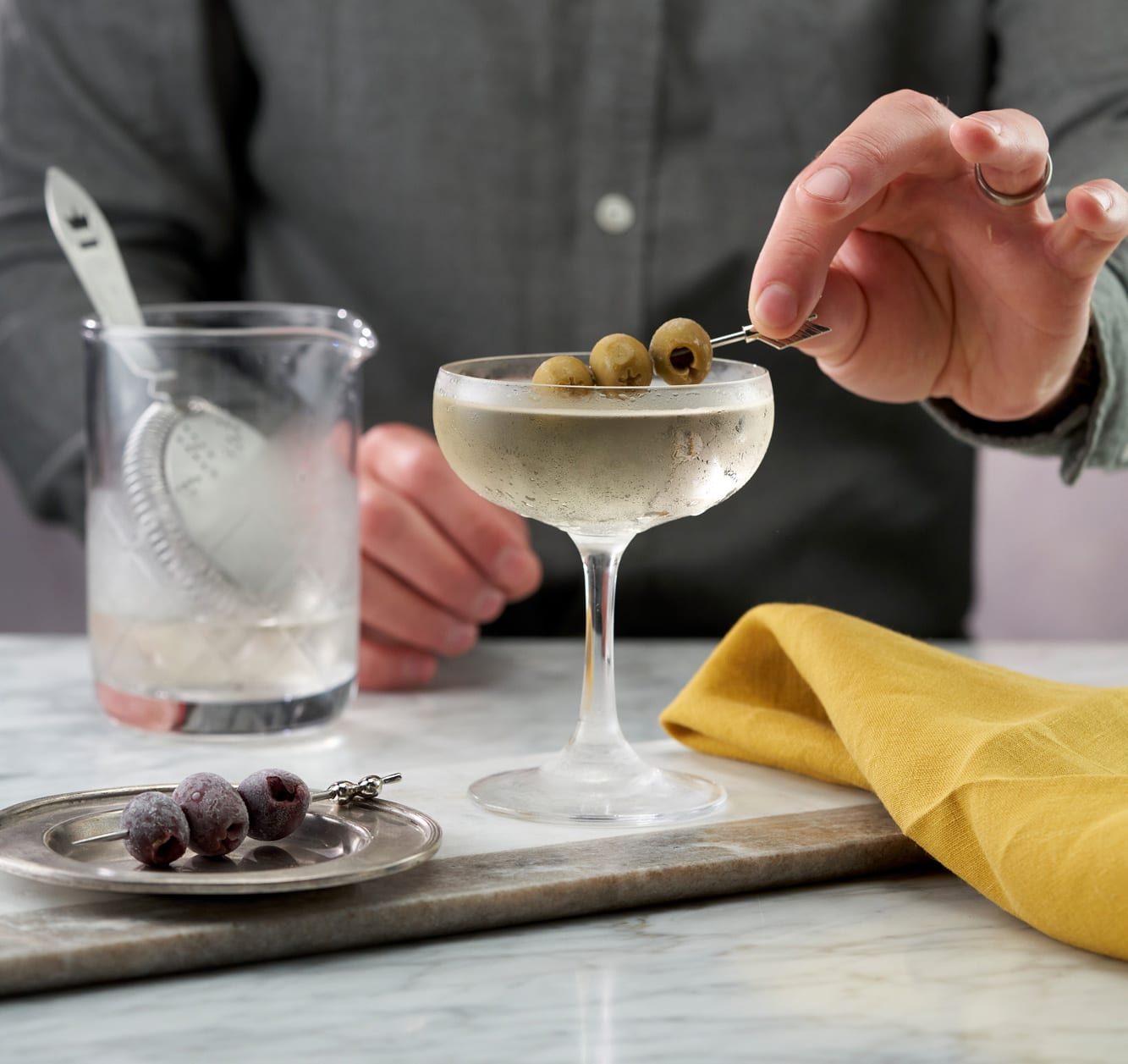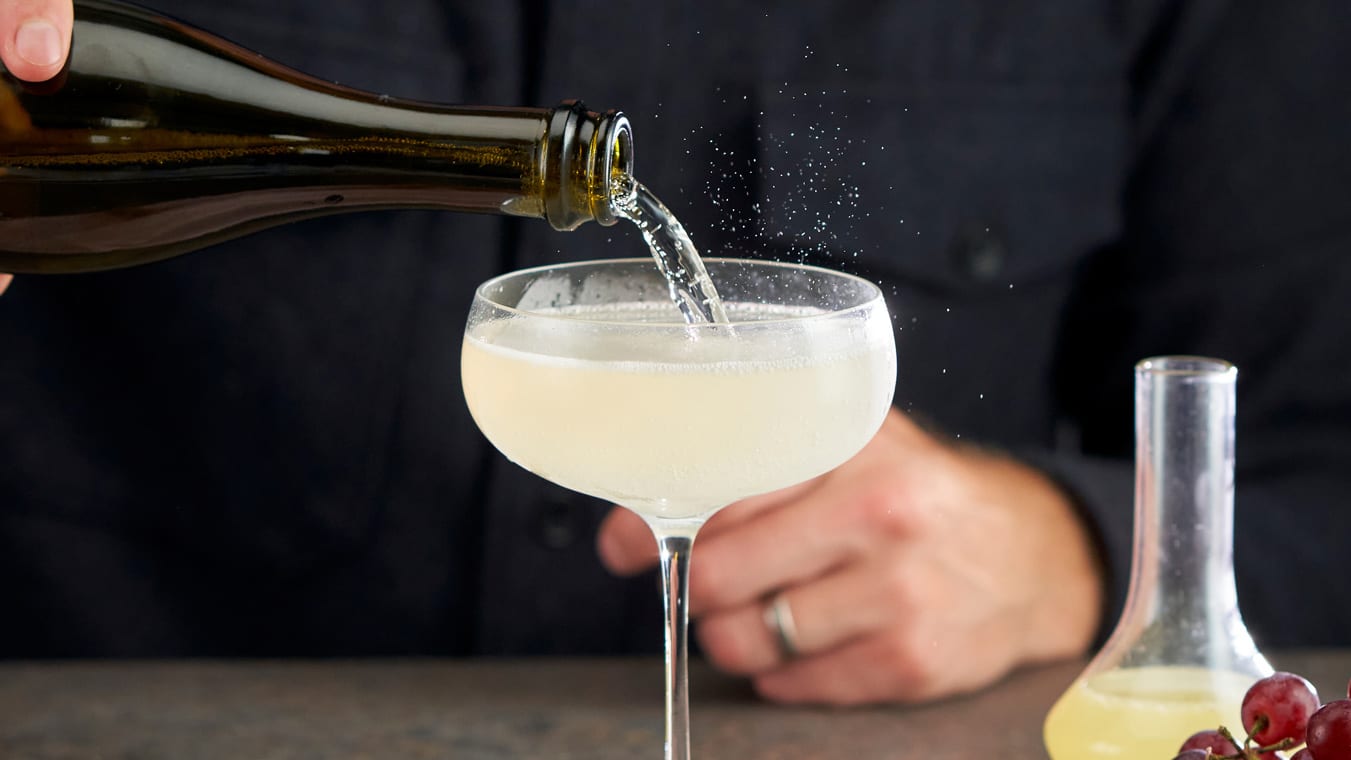As the expression goes “a tradesmen always blames their tools” but if you’ve come from our article that dives into how to upgrade your barware and been on a shopping spree, or you’ve made an amazing home bar – there's nowhere left to hide.
The final step towards fantastic cocktails now lies on you.
Let’s face it, it won’t matter that the Vodka is excellent, nor that the glassware is perfect if the silky foam of an Espresso Martini falls flat as soon as it hits the glass.
Good bartenders are efficient, they’re cool calm and collected. It’s something we frequently call Swan Theory; gracefully gliding across the water, when beneath the surface, your feet are frantically flapping to keep things moving forward.
Professional bartending is an art that comes with time, practice, and composure but when it comes to home cocktail making - so much of what has to happen simultaneously during a shift can be taken at a leisurely pace and be driven entirely by your own preferences.
We’ve separated the following tips, tricks and techniques, similarly to how a bartender would prepare to serve up a great drink: Preparation, Method, Presentation…
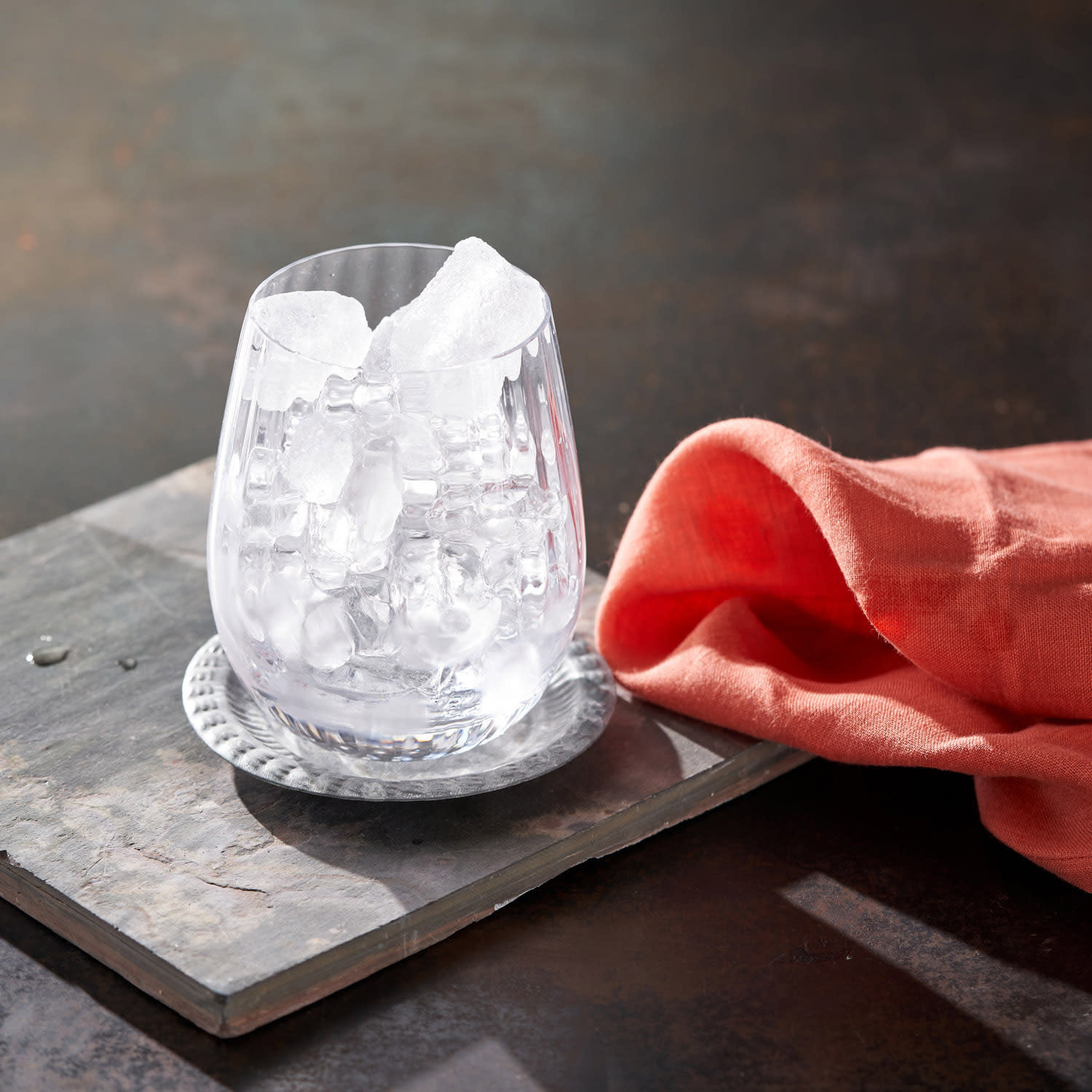

PREPARATION
Okay, so you may be thinking… preparation? It’s just me and the dog, who do I need to prep for?
We know you’re not setting yourself up for a hectic service, and that dogs don’t judge, but these home prep tips that will significantly improve the quality of what you make.
Chilling your glassware
If there are two things that are constantly on any bartender’s mind – it’s chilling and dilution. Making something cold is all good and well but if you have too much dilution - then it’s a watery unbalanced mess of a drink. Too little and you achieve neither and, well, let’s just say it hasn’t been given the proper treatment it deserves.
First thing you should make a habit is chilling your glass.
In the same way serving piping hot food on a freezing plate is going to cool down quickly, the opposite is true for drinks. You need that chill to last and if you start with warm glass, it will take a lot of the thermal energy away on first contact. Chilling your glass preserves the texture, aesthetic, taste and rate of dilution of your cocktail for longer.
It can be as simple as storing a couple coupes in the freezer, ready to grab out of the draw when you’re in the mood. Alternatively, simply by letting a few cubes of ice and cold water sit in your glass whilst you’re preparing your cocktail (ditch it out when ready then pour your drink in) works just as well.
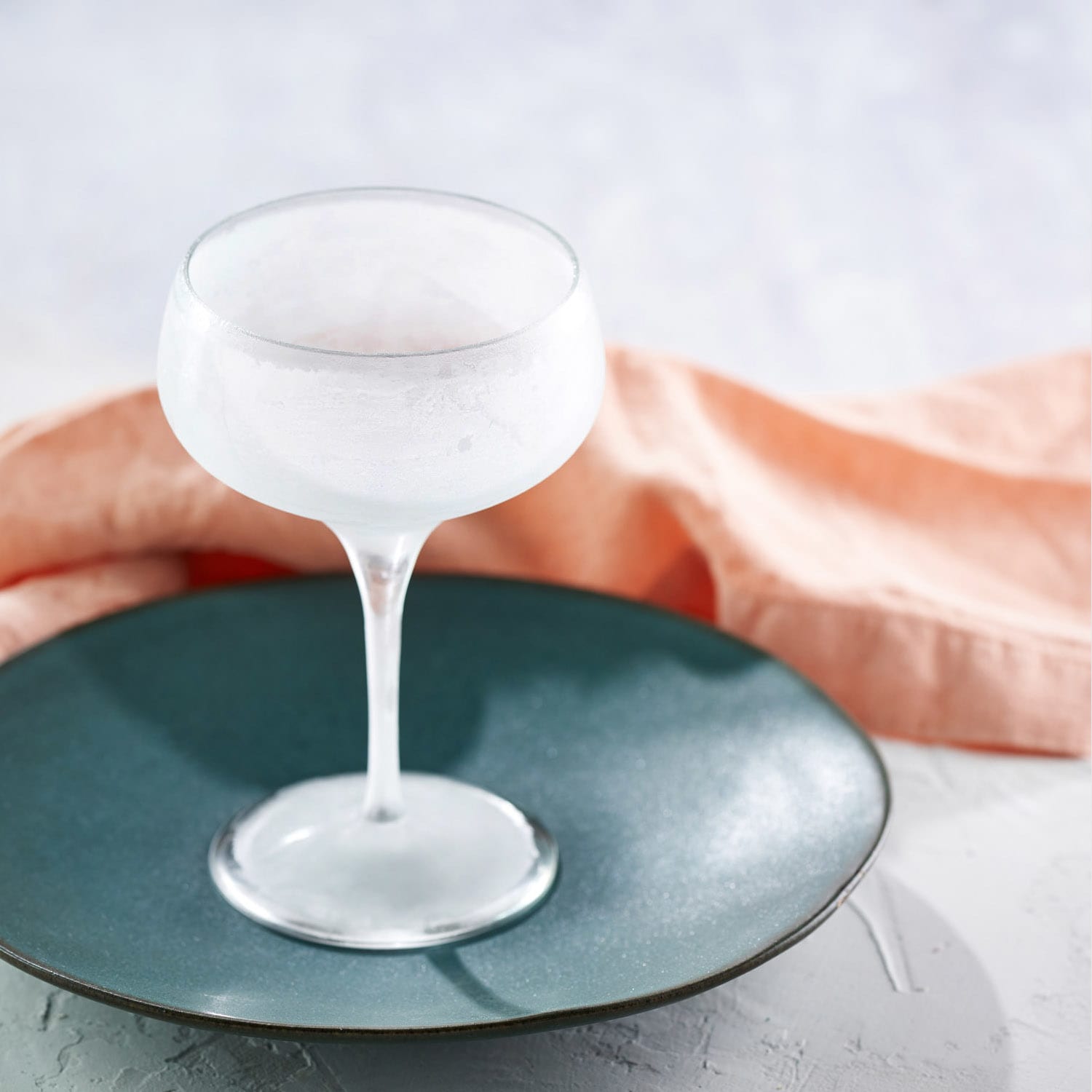

Ice is more complicated than a block of water
So many ‘home-tenders’ assume the simplicity of ice. Surely ice is just that? No. There are big differences.
So, what’s the solution? First up is investing in some silicone ice moulds. They come in so many different sizes from pebbled ice to 2-inch cubes and even spherical shapes. Silicone is an easy release, easy clean and easy to maintain option for creating consistent, clean ice.


To make clear(er) ice, bring filtered or bottled water to a boil, let it cool and boil again. Once it’s cooled a second time, then it’s time to pour into your mould and freeze. You can also work on directional freezing techniques too, which may be less faff (but require more space). Alternatively, you can just buy some from a store.
The last things to think about is how temperature affects dilution. Ice keeps ice cold and while this sounds stupid, it’s key to remember as it's counter intuitive.
If you don’t want lots of dilution going on after you’ve mixed it, add lots of ice (or a big block with dense thermal mass) to keep the drink cold, not just a few cubes as they will melt much faster and overall, dilute your drink quicker.
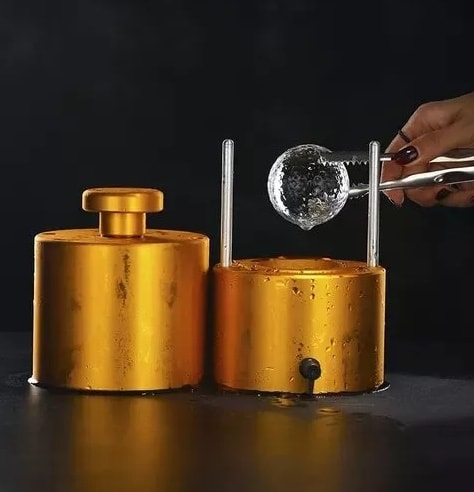

Dilution is not the enemy - it just needs some consideration. By reducing the ABV of a drink the initial hit of alcohol is softer and allowed to warm on the tongue. Think of it as a teaser trailer and not a spoiler. It’s all down to what the cocktail needs and some need to be well diluted before you start, others suit being under-stirred as they are likely to be nursed and sipped slowly, so will continue to dilute in glass (like a Negroni).
Top Tip – Chilled glassware, good quality ice and an appreciation of how dilution works in relation to flavour is the key area to focus on to make better cocktails.
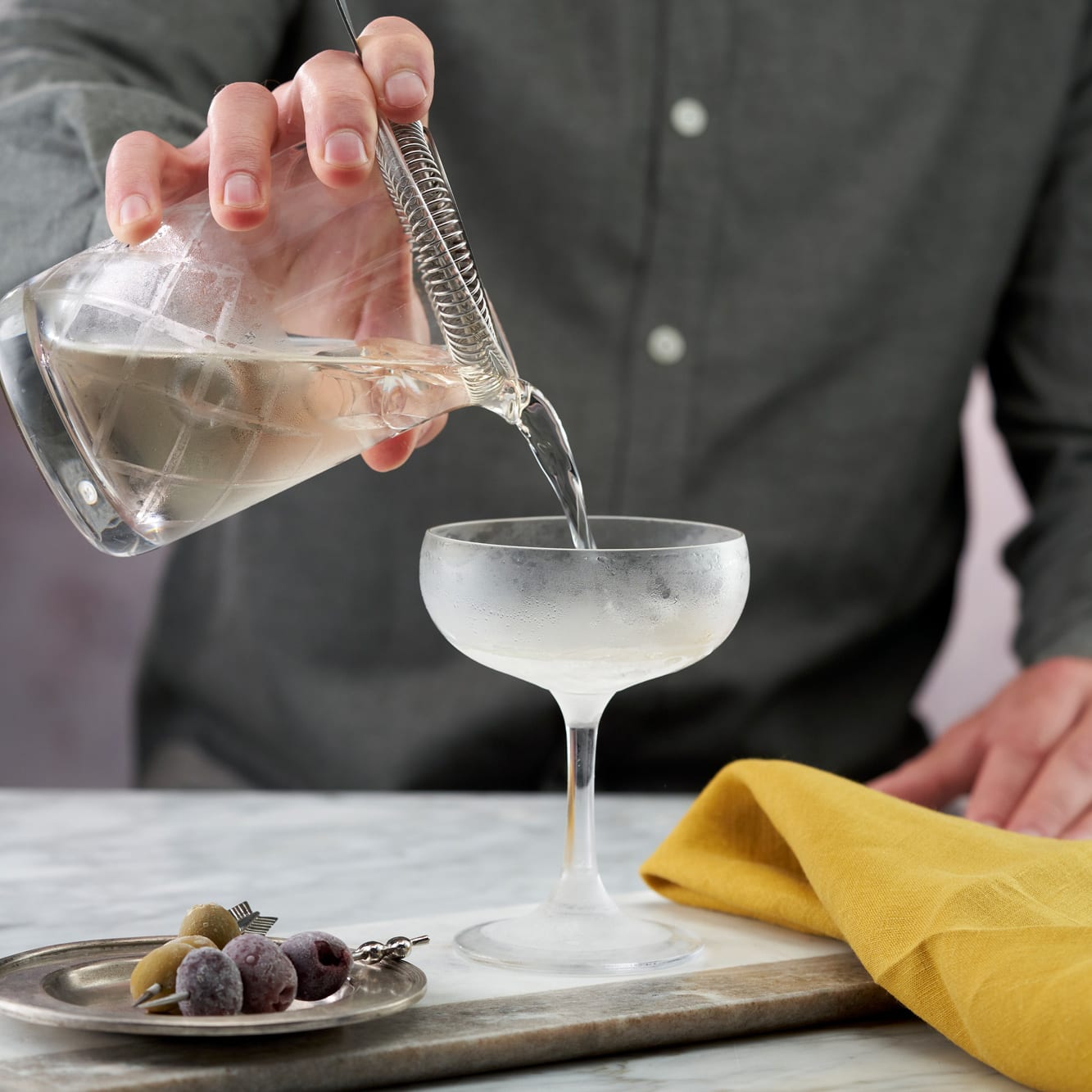

Citrus & juices and syrups
Now that you’ve got your ice down – let’s get onto the more flavourful components of your drink.
Things to consider when it comes to prepping citrus juices are consistency, flavour and volume. When it comes to squeezing to need, we don't recommend halving a lemon and squeezing it by hand straight into the tin. Pips aside, you can’t guarantee how much is squeezed out, which will not only make any experiments harder to replicate, but it could completely throw the balance of your cocktail completely.
It’s always a good idea to juice your fruit into a jigger then pour.
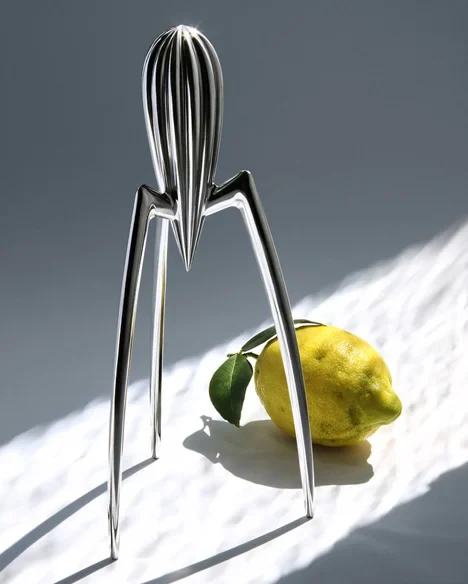

Try and think about up-cycling waste where possible and when it comes to fruit prep that's easy enough. Can the peel of an orange be used to garnish whilst the pulp is made into fresh juice? Of course it can. Same as a pineapple, the pulp for juice, the leaf for garnish and even the skin to make a Tepache. (more info here)
Same goes for homemade syrups. Making your own syrups like Orgeat, Grenadine or Rosemary can be a real cost saver and it allows you to hone-in on the quality of home-made ingredients. As soon as you’ve hit one batch right on the nail – switching back to shop bought syrups pumped with additives, stabilisers and preservatives will be a no go.
If you’re nervous to start out experimenting, start with simple syrup (sugar and water), as it’s the base for any home-flavoured syrup you'll eventually make. The best advice for making your own syrups and infusions is simple - measure each ingredient by weight. It’s a lot more accurate and ensures consistency across batches.
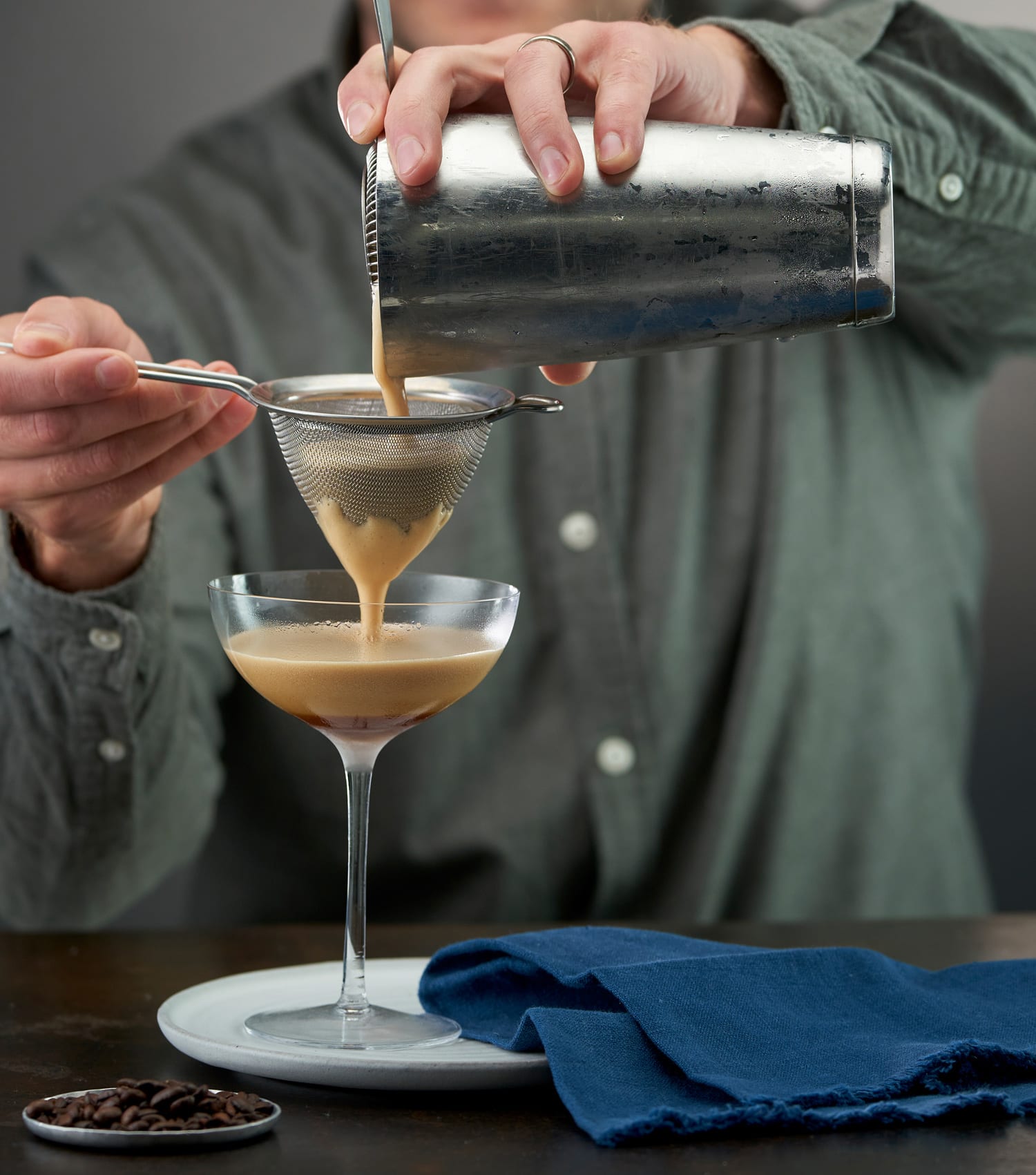

METHOD
Now for the exciting bit! The methods, techniques and procedures needed to create a stunning cocktail.
Pouring / Measuring – When you’re making cocktails at home, you’re inevitably going to mess up a few by getting the wrong dose, mis-reading a recipe, or just getting distracted.
One piece of “best-practice” that is quick and easy to implement is to pour the cheap items first (or start with the smallest quantity needed first, building up to the spirit serve last). If you pour your spirit in and then accidentally slip up and pour too much citrus or syrup in on top, it’s a lot harder and more expensive to reconcile.
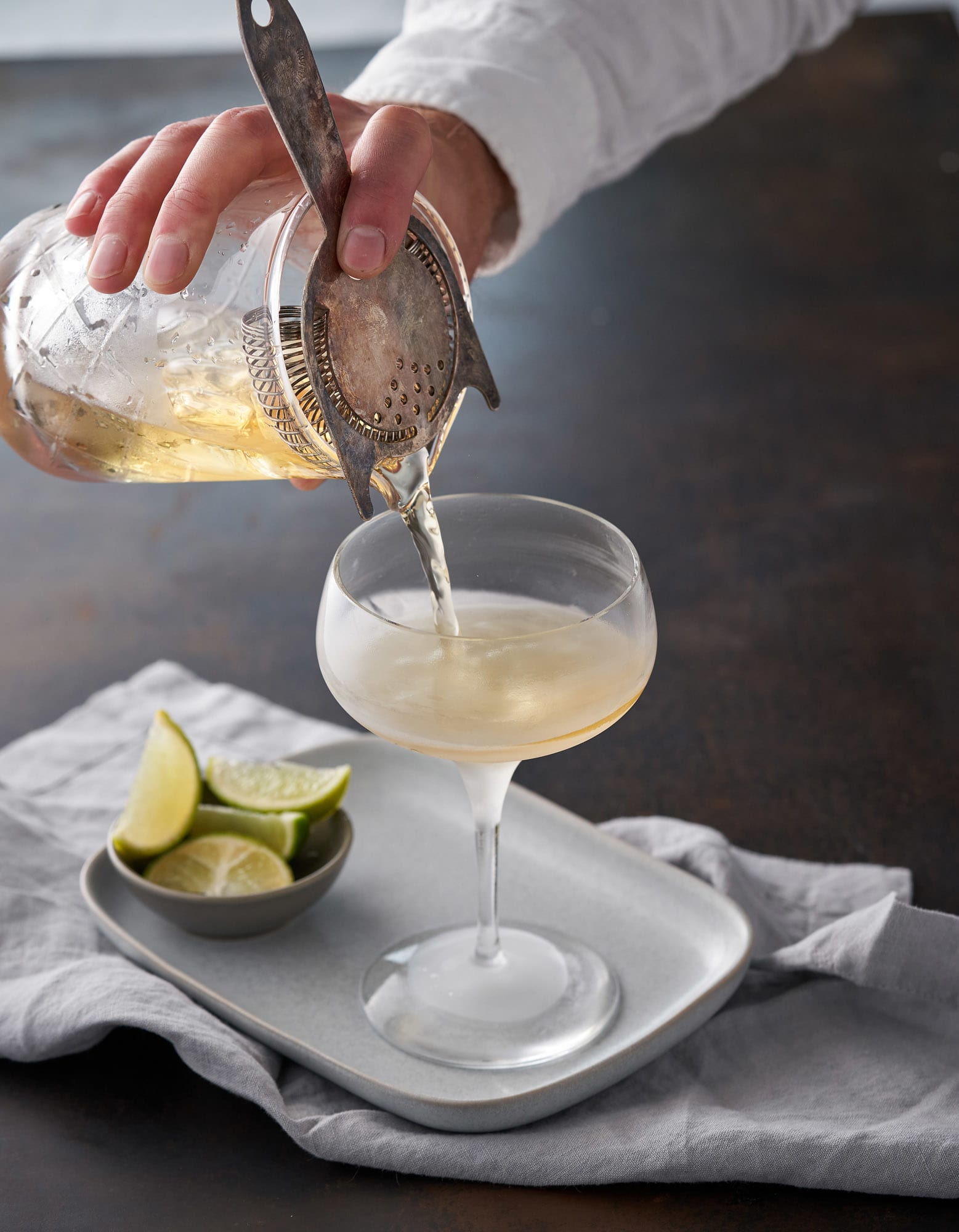

To shake or not to shake?
Not every cocktail requires shaking. It’s all about developing an understanding of when a cocktail NEEDS a shake and when NOT to shake. As soon as you’ve mastered that, the overall quality of your cocktails will reach another level.
Shaking – If you have come from our barware article, you would have already chosen one that suits your style best. But now we need to understand why certain cocktails require being ‘shaken and not stirred’.
The main aim behind shaking comes down to chilling the liquid through agitation and aeration. Depending on the recipe, certain ingredients like espresso, egg whites and pineapple juice will require a more vigorous shake to help agitate the air bubbles to ensure the correct texture, density and aesthetic of the cocktail.
That’s why serves like a Ramos Gin Fizz requires a little bit of welly to achieve the towering foam and typically light texture.
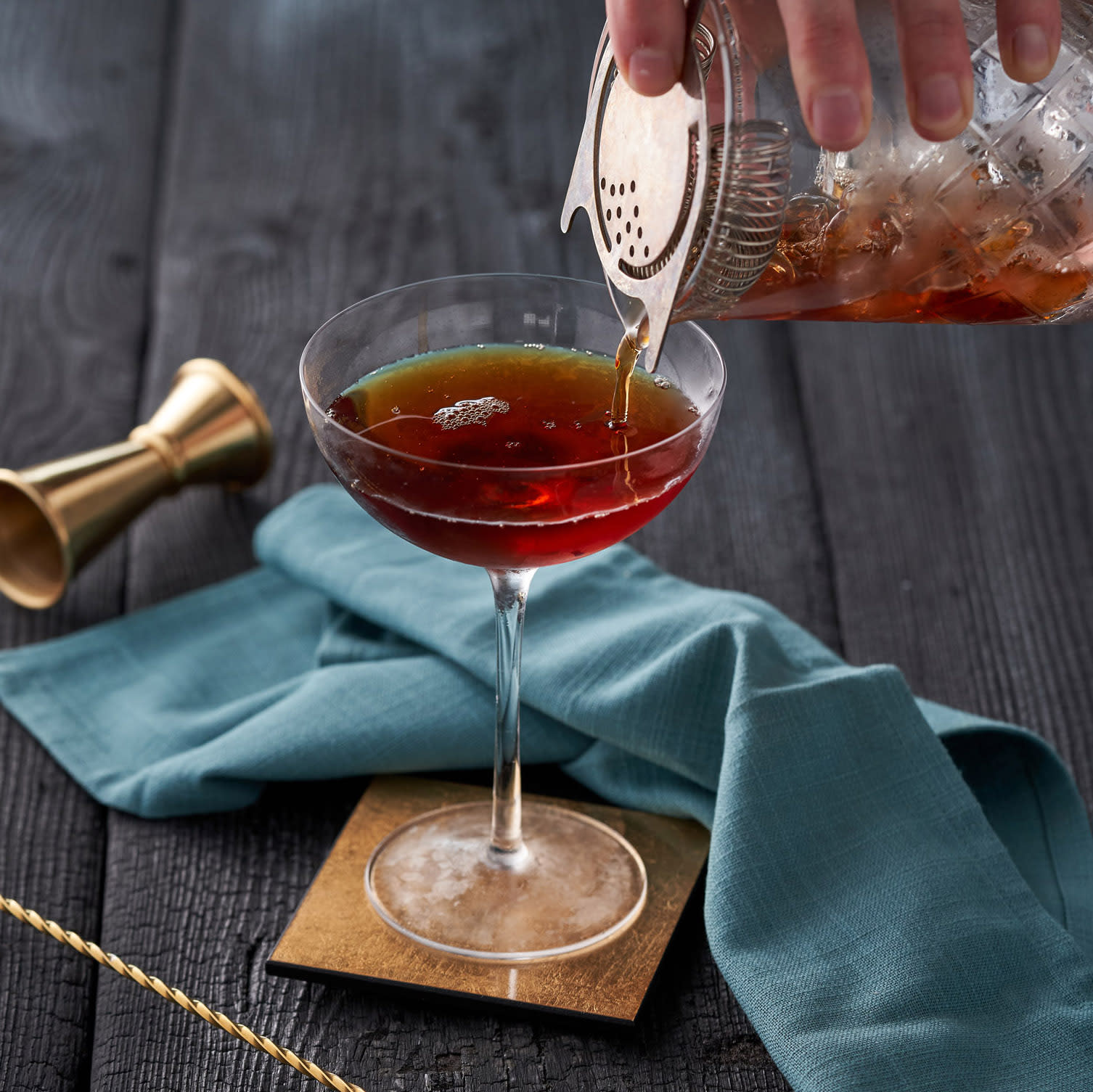

Stirring – Stirring a cocktail like a Martini or Old Fashioned is more about balancing flavour, achieving the desired dilution and temperature over creating texture.
According to Meehan’s Bartending Manual, “dilution has the potential to alter flavour by bringing down the ABV. It reduces the perceptible sweetness of certain ingredients like syrups, so making a drink as cold or hot as possible might not be your ultimate goal”. Think of it as a less aggressive way of chilling down your drink. It’s all down to your preferred taste.
Straining – The aim to straining is to always think about the type of cocktail you’re making. Straining helps remove any ice shards, pulp and herbs to refine the texture for straight up serves.
Many bartenders prefer to double-strain drinks like Cosmo’s or Aviation’s to prevent any ice chips diluting your drink any further and to discard of any unnecessary texture coming from thicker residual fruit pulps.
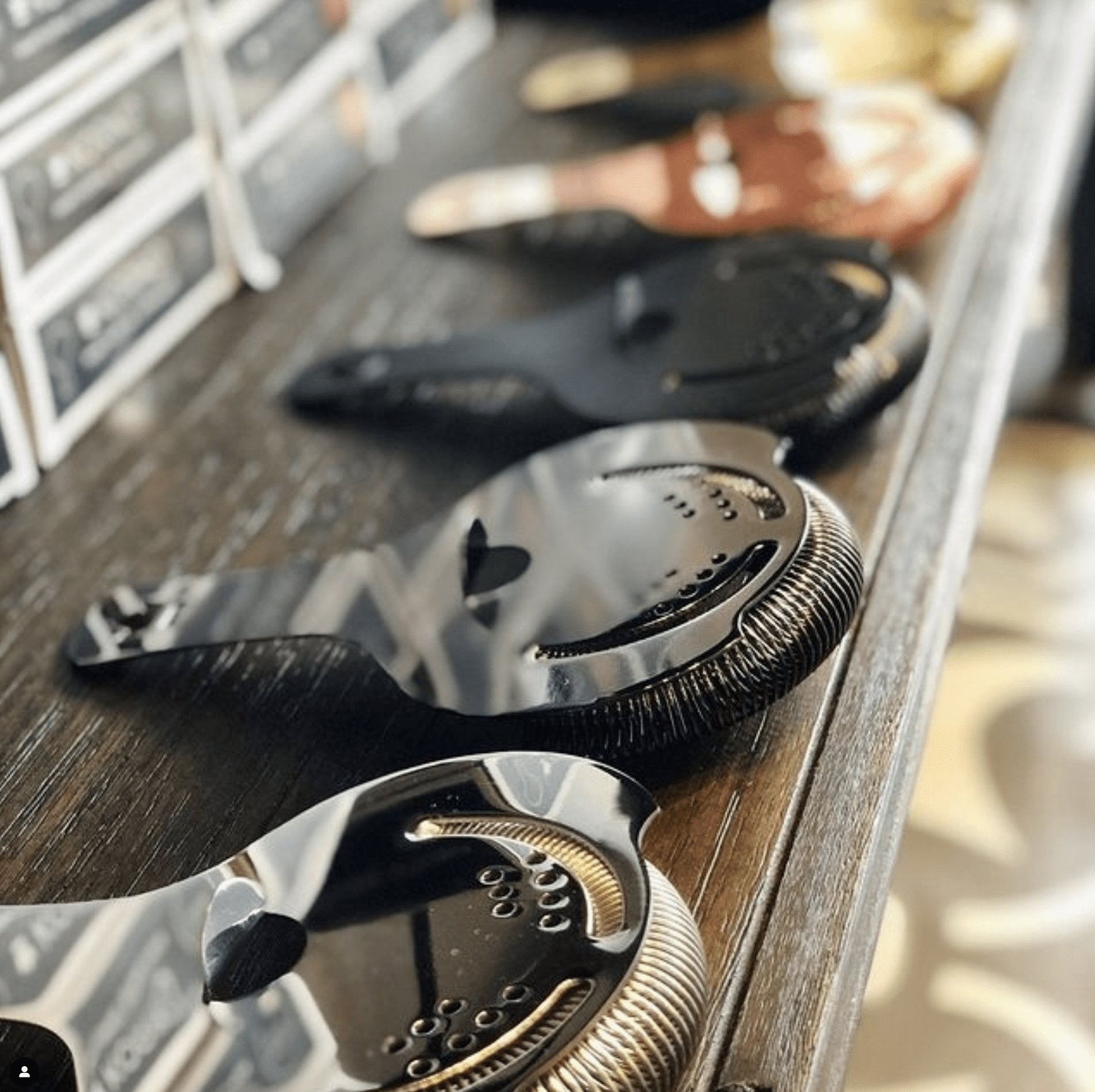

Habits: A good bartender is a clean bartender
A ‘clean bartender is a good bartender’ and “if you have time to lean, you’ve got time to clean” may be old fashioned mottos from the industry, but they have some truth to them. Practicing the ‘wash and bungee’ (clean and put back) technique will not only help control your workspace and reduce cross contamination. If not for the sake of consistent cocktails - just think of it as doing your future self a favour as no one wants to tidy up a massive mess after two Sazeracs.
Clean as you go aside – taste as you go too! When you’re at home and making a cocktail for yourself, it’s all down to your preference. You’re not catering to anyone else’s taste. Why go to the effort of making your own syrups, batching fresh citrus and experimenting with a new bottle of spirit, when it might end up being too sweet? Catch the fault early and you’re onto a winner.
PRESENTATION
So much of what get from the dishes we eat, or the cocktails drink is down to the way it looks. Flavour is paramount, but setting the stage well can make a 8 turn into a 10. Cocktails are about having fun, they are a luxury, they are a treat – we’re not suggesting each need pomp and ceremony, but what’s the point in having the most incredible drink if it looks like a dog’s dinner...
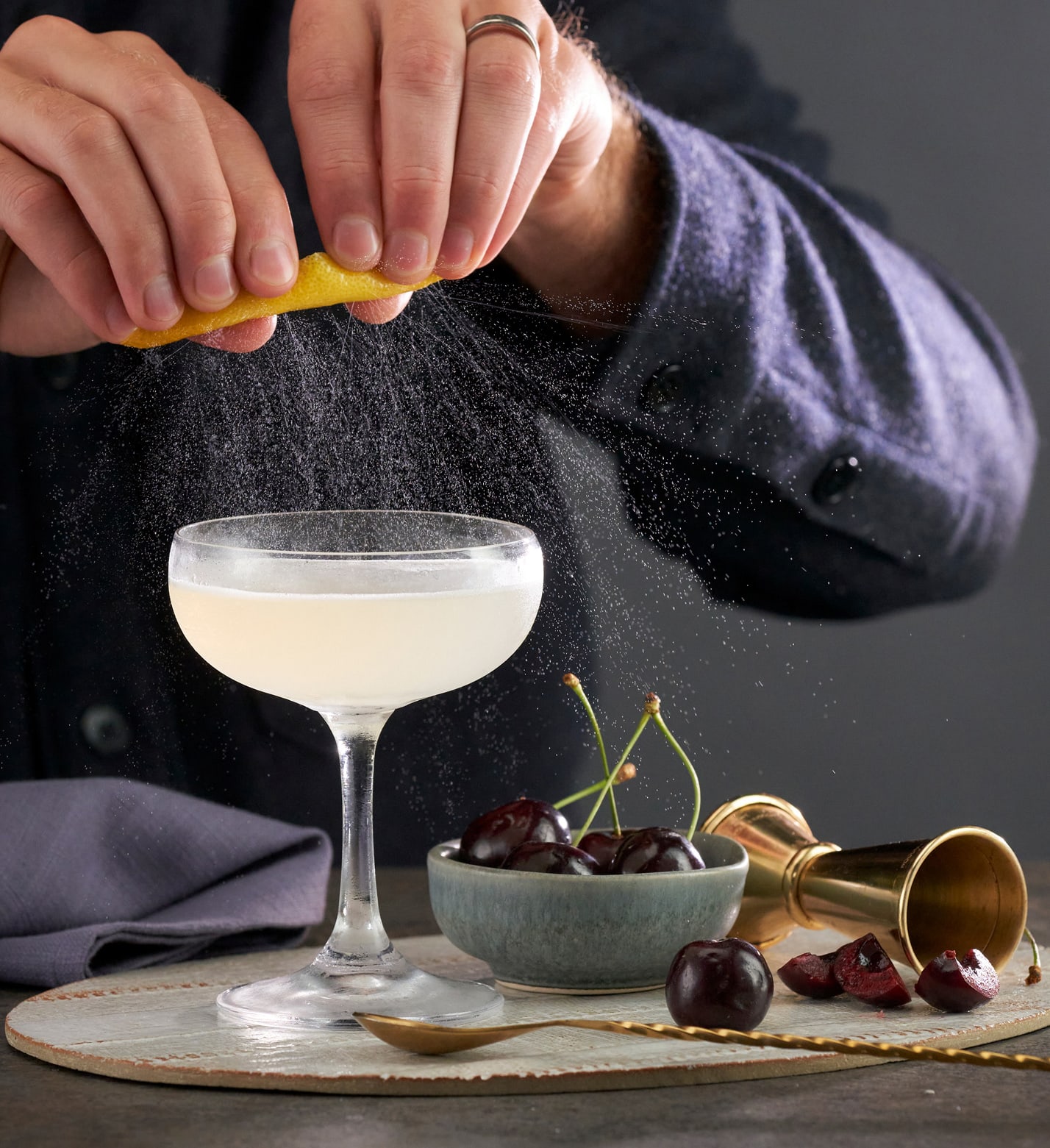

We’ve covered glassware at length in our upgrade your home barware article, so let’s focus on garnishes. Garnishes are more than aesthetic, they are an essential part of the flavour of your drink as they define the aroma of it.
Fragrant ingredients like an orange zest, rosemary sprigs, or dashes of Angostura Bitters can alter your drinking experience massively. It can help to hero a particular ingredient in your cocktail, or it can even help disguise more unpleasant aromas like egg whites.
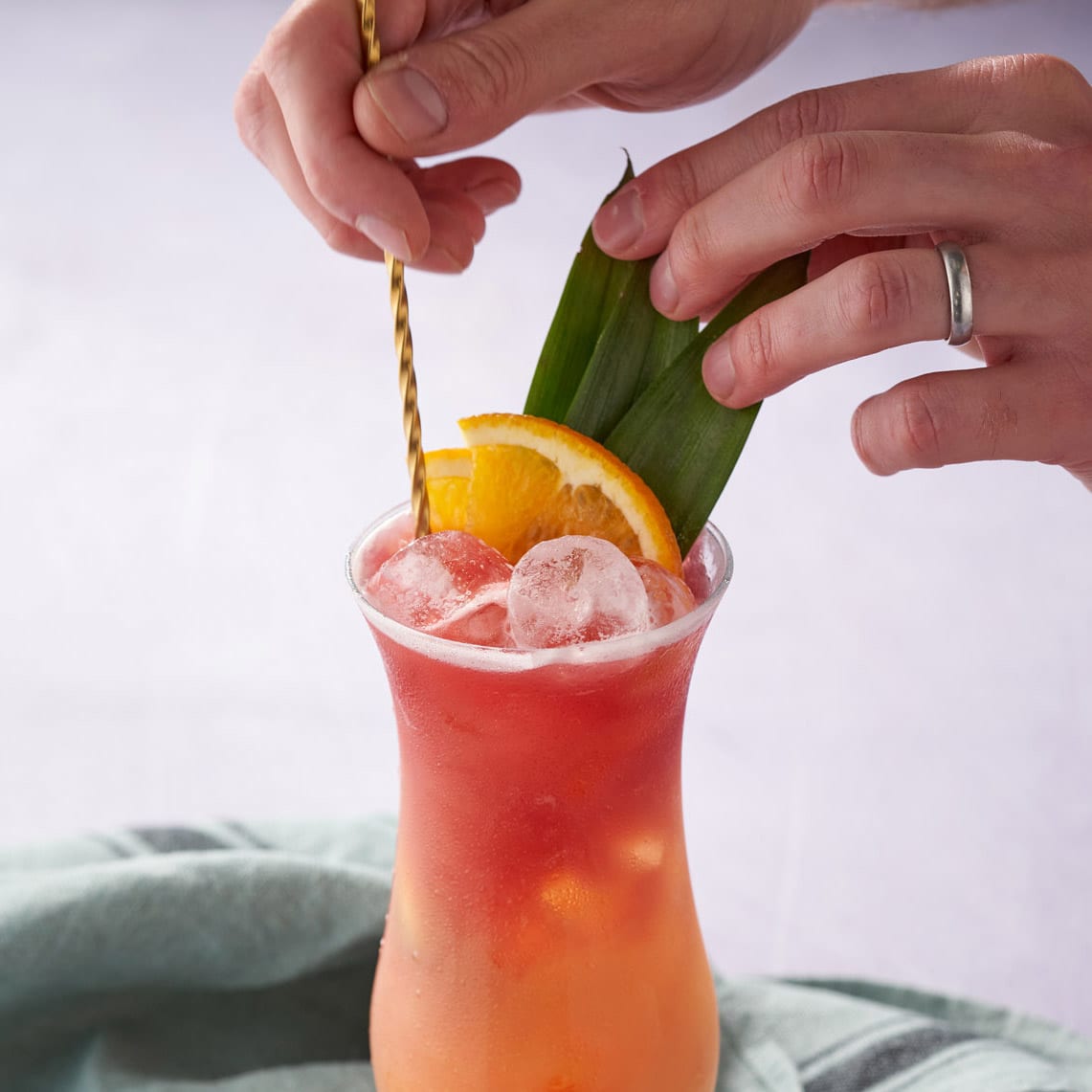

Garnishing is all about finding the balance. Is there a particular ingredient you want to accentuate or compliment? Or will the garnish help impart a more delicate flavour that’s missing in the liquid? Why not spend a little more time making it look special?
Not all cocktails need a garnish and not all drinks need to be dressed up to the nines. It’s a cocktail not a fruit salad but the right choice, cut into a pretty shape or placed on a perfectly weighted skewer can go a long way into creating unforgettable cocktails.
